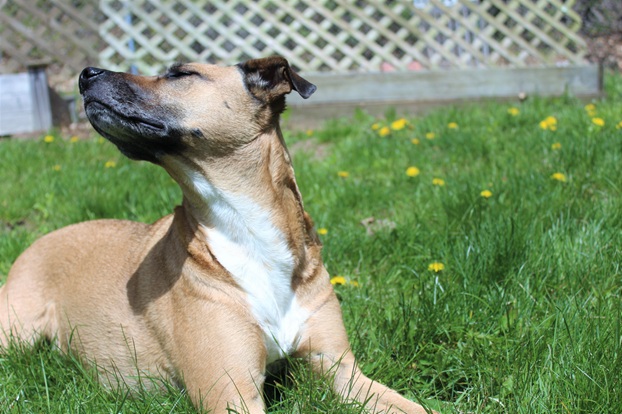Health care tips to keep your dog
Keeping your dog healthy and happy is a top priority for every pet owner. A combination of proper care, attention, and proactive measures can help your furry friend live a long, vibrant life. Below are essential health care tips covering key aspects of your dog’s well-being.
1. Balanced and Nutritious Diet
A high-quality, balanced diet is the foundation of your dog’s health. Different breeds, ages, and activity levels require specific nutritional needs. Opt for premium dog food that lists real meat (like chicken, beef, or fish) as the first ingredient, avoiding products with excessive fillers, artificial preservatives, or added sugars. Puppies need food rich in protein and calories to support growth, while senior dogs may benefit from formulas with joint-supporting nutrients (such as glucosamine) and lower fat content. Always provide fresh, clean water—change it at least twice a day to prevent bacteria buildup. Avoid feeding your dog human foods that are toxic, including chocolate, grapes, raisins, onions, garlic, and xylitol.

2. Regular Exercise and Mental Stimulation
Dogs need physical activity to maintain a healthy weight, strong muscles, and good cardiovascular health. The amount of exercise depends on their breed and energy level: high-energy breeds like Border Collies or Huskies may need 60–90 minutes of daily activity (such as running, hiking, or playing fetch), while smaller breeds like Chihuahuas might be satisfied with 20–30 minutes of walks. In addition to physical exercise, mental stimulation is crucial to prevent boredom and destructive behaviors. Provide puzzle toys, interactive games, or training sessions (teaching new tricks) to keep their minds sharp. Regular playtime also strengthens the bond between you and your dog.

3. Grooming According to Coat Type
Grooming isn’t just about keeping your dog looking good—it’s also essential for their skin and coat health. Brush your dog’s coat regularly: long-haired breeds (like Shih Tzus or Golden Retrievers) may need daily brushing to prevent matting, while short-haired breeds (like Labradors or Beagles) can be brushed once or twice a week to remove loose fur and distribute natural oils. Bathe your dog every 4–8 weeks (or as needed if they get particularly dirty) using a dog-specific shampoo, as human shampoo can irritate their skin. Don’t forget to trim their nails regularly—overgrown nails can cause pain, difficulty walking, and even joint issues. Check their ears weekly for dirt, redness, or a foul odor, and clean them gently with a vet-recommended ear cleaner to prevent infections. Brush their teeth 2–3 times a week with dog toothpaste to maintain oral health and prevent gum disease.
4. Routine Veterinary Care
Regular vet visits are non-negotiable for preventive health care. Puppies should receive a series of vaccinations to protect against diseases like parvovirus, distemper, and rabies. Adult dogs need annual check-ups, which include physical exams, updated vaccinations, and screenings for common health issues (such as heartworm, fleas, ticks, and parasites). Senior dogs (usually 7 years and older) may require bi-annual check-ups to monitor for age-related conditions like arthritis, diabetes, or kidney disease. Your vet can also provide advice on spaying or neutering (which helps prevent certain cancers and behavioral problems) and recommend a parasite prevention plan (monthly flea, tick, and heartworm medication).

5. Safe and Comfortable Living Environment
Create a safe space for your dog at home. Provide a cozy bed in a quiet area where they can rest undisturbed. Keep hazardous items out of reach, such as cleaning supplies, medications, small objects (that could be choking hazards), and electrical cords. If your dog spends time outdoors, ensure the yard is securely fenced to prevent them from wandering off or getting into dangerous situations. Avoid leaving them outside for extended periods in extreme weather—provide shade and water in hot weather, and a warm shelter in cold weather. Never leave your dog in a parked car, even for a few minutes, as temperatures can rise to life-threatening levels quickly.
6. Monitor Behavior and Health Changes
You know your dog best, so pay attention to any changes in their behavior or physical condition. Signs that something may be wrong include loss of appetite, excessive thirst or urination, lethargy, diarrhea, vomiting, difficulty breathing, limping, or changes in mood (such as aggression or anxiety). If you notice any of these symptoms, contact your vet promptly. Early detection and treatment of health issues can significantly improve your dog’s prognosis.
Remember, every dog is unique—adjust your care routine to meet their individual needs. With love, attention, and these health care tips, you can help your dog thrive for years to come!





